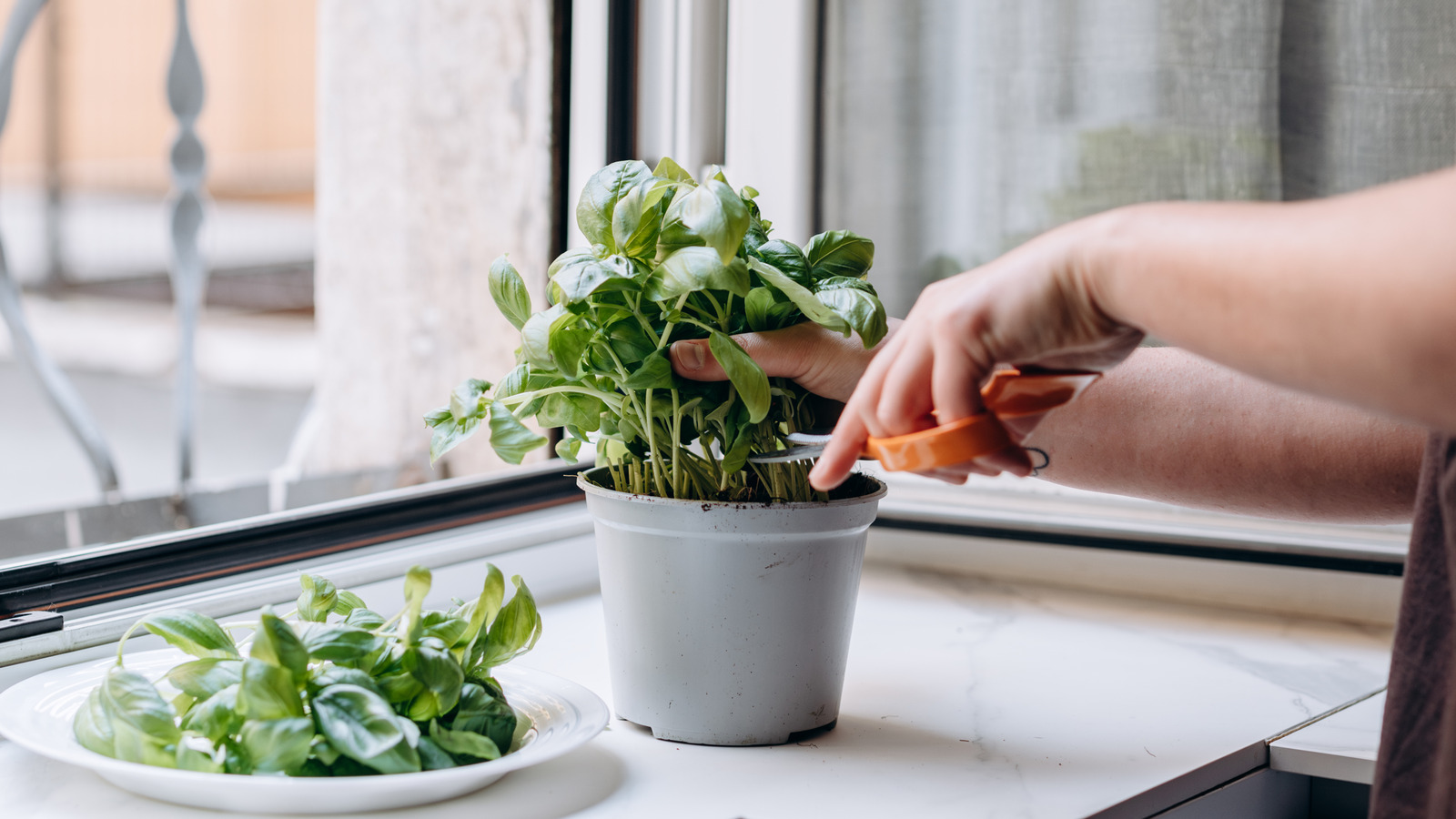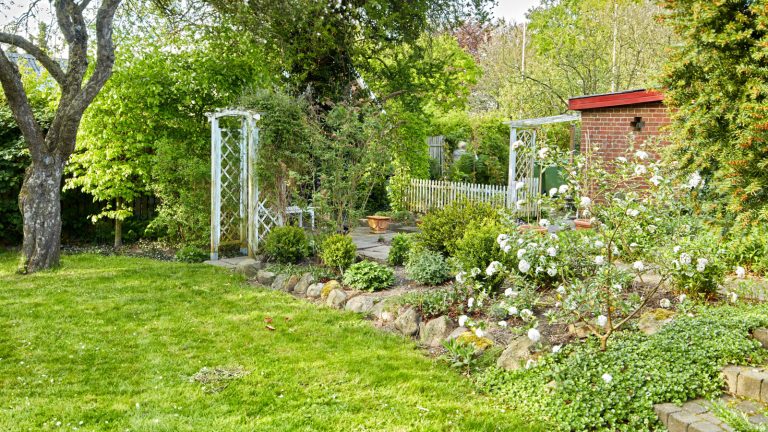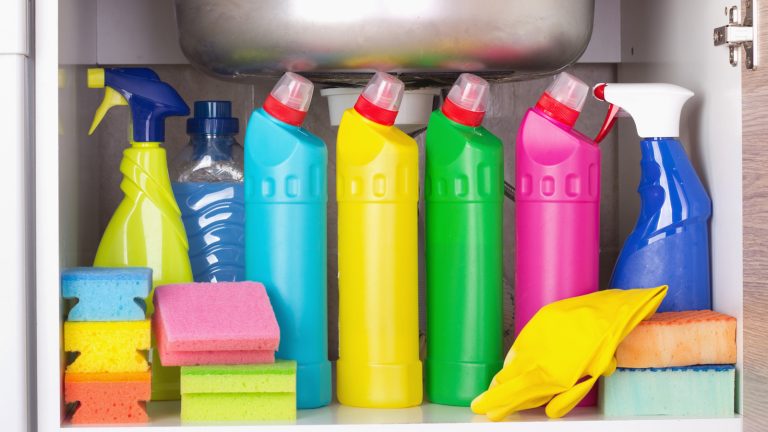
Dried basil is a common staple found in kitchen pantries around the world. Basil comes in various flavors and is easy to grow almost anywhere. It thrives in partial shade to full sun with good soil drainage, especially in USDA Hardiness Zone 10. To enhance your basil harvest, consider using Epsom salt as a natural fertilizer commonly found in bathrooms.
Epsom salt, also known as magnesium sulfate, is used to replenish magnesium levels in plants like basil. A magnesium deficiency can result in stunted growth, and Epsom salt can help correct this issue. However, it’s essential not to overdo the application of Epsom salt to avoid problems like root rot.
How to apply Epsom salt to your growing basil
Basil is low-maintenance and only needs watering every seven to 10 days. To enrich the soil with magnesium, use 1 teaspoon of Epsom salt for a 3-gallon houseplant pot. You can mix a solution of 2 1/2 tablespoons per gallon of water for easy application.
Applying Epsom salt can help basil plants showing magnesium deficiency. It’s recommended to use a general magnesium-rich fertilizer in addition to Epsom salt for optimal growth. Indoor basil plants should be treated every four to six weeks, while outdoor plants need treatment every three to four weeks.
Too much Epsom salt could spell trouble for basil
While Epsom salt can help basil plants grow lush leaves, overuse can lead to issues like calcium intake problems and root rot. It’s crucial not to exceed the recommended amount to avoid toxicity in plants. Additionally, excessive use of Epsom salt can affect soil pH levels and drainage, so it’s essential to monitor the plant’s health when using this fertilizer.






